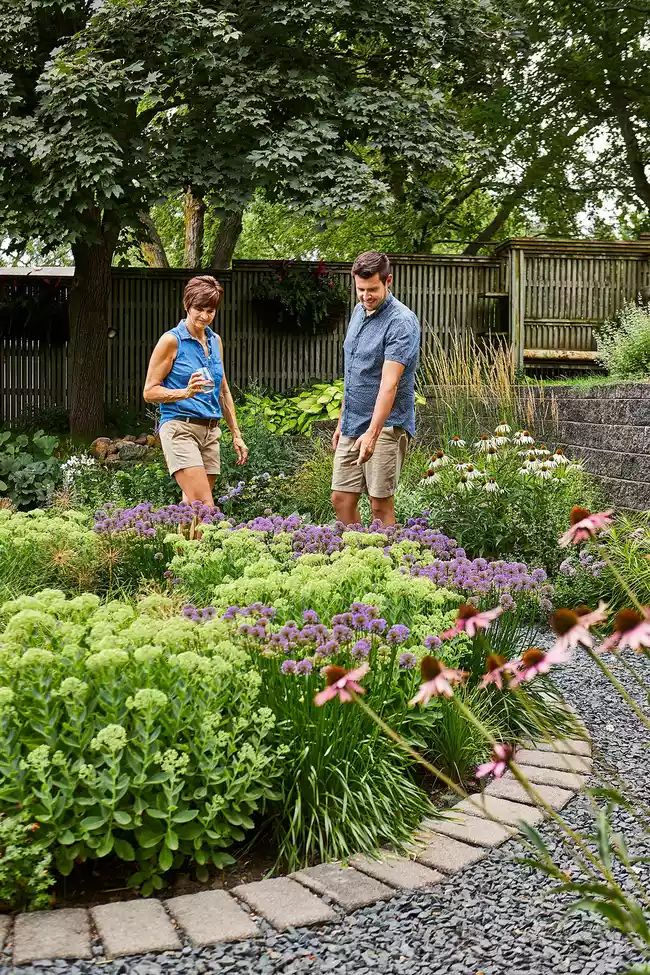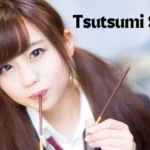Pollinators, such as bees, butterflies, birds, and other insects, play a crucial role in our ecosystem. They facilitate the pollination process, which is essential for the reproduction of flowering plants, including many fruits and vegetables. By adopting pollinator-friendly practices, you not only contribute to the well-being of these essential creatures but also enhance your garden’s vitality and productivity. In this comprehensive guide, we’ll explore a variety of strategies and techniques to create a pollinator-friendly haven in your outdoor space.
Pollinator-Friendly Practices: Enhancing Biodiversity and Harvests
Pollinator-friendly practices encompass a range of strategies aimed at attracting and supporting pollinators in your garden. These practices not only ensure the well-being of these crucial creatures but also lead to healthier plants and more abundant harvests.
Creating a Buzz: Why Pollinators Matter
Pollinators, often tiny and unassuming, play a colossal role in maintaining the delicate balance of our ecosystems. They facilitate the transfer of pollen from one flower to another, enabling plants to produce seeds and fruits. This process is essential for the reproduction of many crops that humans rely on for sustenance, such as apples, tomatoes, and almonds.
By encouraging pollinators to visit your garden, you contribute to the health of local flora and fauna while also enjoying a bountiful harvest. The symbiotic relationship between plants and pollinators is truly a marvel of nature.
Planting a Colorful Buffet: Choosing Pollinator-Friendly Plants
One of the most effective ways to attract pollinators is by planting a diverse array of flowers and plants that provide them with nectar and pollen. Opt for native plant species, as they have evolved to thrive in your local ecosystem and are better suited to the preferences of local pollinators.
Consider planting:
- Lavender: This fragrant herb is a favorite of bees and butterflies, offering abundant nectar.
- Sunflowers: These cheerful blooms provide a substantial supply of pollen and nectar for a variety of pollinators.
- Coneflowers: Their vibrant colors and abundant nectar make coneflowers a magnet for pollinators.
Remember, a garden bursting with colors isn’t just a treat for the eyes – it’s a feast for pollinators.
Pollinator-Friendly Practices: Providing Shelter and Habitat
Pollinators need more than just food; they also require suitable nesting sites and shelter to thrive. Incorporate these practices to create a welcoming habitat:
- Bee Hotels: Craft or purchase bee hotels to provide nesting spaces for solitary bees. These hotels offer a safe haven for bees to lay their eggs.
- Leave Some Mess: Resist the urge to tidy up your garden too much. Leaf litter, dead wood, and undisturbed soil provide essential shelter for many pollinator species.
- Watering Holes: Create shallow water sources with rocks or pebbles, allowing pollinators to quench their thirst safely.
Pollinator-Friendly Practices: Responsible Pest Management
Maintaining a pollinator-friendly garden doesn’t mean sacrificing your plants to pests. Employ these natural pest management strategies:
- Companion Planting: Cultivate plants that naturally repel pests or attract their predators. For instance, marigolds deter aphids, while ladybugs feast on these pests.
- Neem Oil Spray: Use neem oil, a natural insecticide, to deter common garden pests without harming pollinators.
- Handpicking: Regularly inspect your plants and remove pests by hand, reducing the need for chemical interventions.
Pollinator-Friendly Practices: Sustainable Gardening Techniques
Embracing sustainable gardening practices not only benefits pollinators but also promotes long-term garden health:
- Mulching: Apply organic mulch to retain soil moisture and prevent weed growth, creating a favorable environment for both plants and pollinators.
- Drip Irrigation: Install a drip irrigation system to minimize water waste and keep foliage dry, reducing the risk of fungal diseases.
- Crop Rotation: Rotate your crops annually to prevent the buildup of pests and diseases, promoting overall garden vitality.
FAQs
Q: How can I attract butterflies to my garden? A: To attract butterflies, plant nectar-rich flowers like milkweed, butterfly bush, and zinnias. Provide sunny spots for basking and flat stones for resting.
Q: Are there pollinator-friendly alternatives to chemical pesticides? A: Yes, neem oil, diatomaceous earth, and insecticidal soaps are effective natural alternatives that won’t harm pollinators.
Q: Can I create a pollinator-friendly garden in a small space? A: Absolutely! You can use containers and vertical gardening to maximize pollinator-friendly plants even in a limited area.
Q: How do I know if a plant is native to my region? A: Check with local nurseries, botanical gardens, or online resources that provide lists of native plants for your specific region.
Q: What are some common misconceptions about pollinators? A: One common misconception is that all bees sting. In reality, many native bees are solitary and rarely sting unless provoked.
Q: How can children get involved in pollinator-friendly gardening? A: Engage kids by letting them plant their pollinator-friendly flowers, create DIY bee hotels, and observe pollinators in action.
Conclusion: Cultivating Beauty and Abundance
Incorporating pollinator-friendly practices into your gardening routine is a rewarding endeavor that yields multiple benefits. By creating an inviting habitat for pollinators, you contribute to the health of your garden, the local ecosystem, and the planet at large. Embrace the magic of nature’s pollination process, and watch as your garden flourishes with vibrant blooms and bountiful harvests.
Remember, the key to successful pollinator-friendly gardening lies in embracing diversity, adopting sustainable techniques, and nurturing a harmonious coexistence between humans and nature.






